Understanding your individual colouring : the difference between Overtone and Undertone
Your individual unique colouring is made up of your external appearance which includes your skin, hair and eye colours. This is your overtone. It is important to note that the value (how light or dark) and intensity (how clear or muted) your skin, hair and eye colour are, can change depending upon your age, how much time you spend in the sun during Summer, or Winter, if you colour your hair, your general health, diet and wellbeing etc. When there is a significant change in a person’s overtone, such as when a woman changes her hair colour from brown to blonde, or from auburn to grey, this can affect the general overtone of her appearance. In doing so, it will impact the wearability of some colours over others. It may also affect a person’s makeup choices. That is why an excellent image consultant will encourage you to re-evaluate your colours once every five to ten years, or if there has been a marked life change.
The undertone of a person’s colouring could be described as the ‘invisible colouring’ that lies beneath the skin. This is the golden ticket to understanding the best temperature of colours that you can wear closest to your face and those hues that will look most harmonious with your particular features and colouring. For example, you will have either a Cool (blue), or Warm (yellow) undertone and these will be discovered during the draping process in a Personal Colour Analysis. Both Undertone and Overtone work together and will dictate your primary and secondary colour directions, respectively. Let’s look at these in more detail.
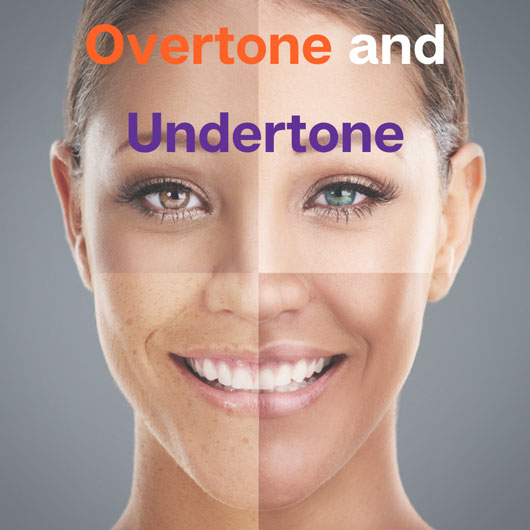
Embellishments on pockets, ruffles and lace add interest and create the illusion of extra volume.
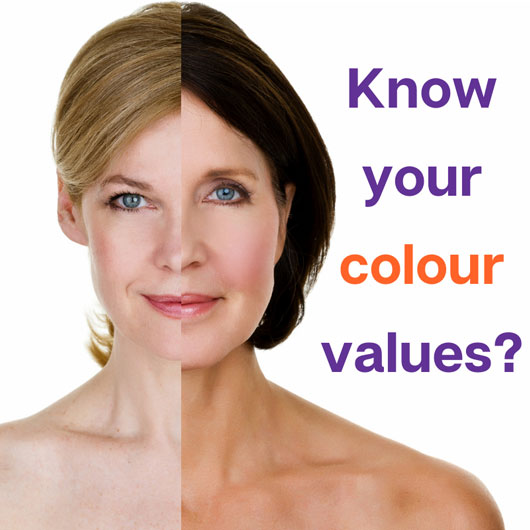
The eyes of these two women could be considered of similar value and temperature, however the woman on the left has lighter hair and skin compared to the woman on the right. As a result, their different values in hair and skin colour will impact the values of the colours that will look best on them.
Firstly, when we talk about a person’s overtone, it is what is visible to us when we look at them, and it is the sum of all three of their natural features: their eyes, hair and skin colouing. Skin and hair have a considerable impact on this overtone, because if you imagine you were painting a portrait of your face on a canvas, your skin and hair would proportionately make up the majority of the composition. Don’t be fooled however, because the colours of our eyes are not insignificant and they too, can provide clues about a person’s colouring. For example, you might present with olive tanned skin and dark brown eyes and dark brown hair. On first impression, you may have what appears to be a warm skin tone and given you have brown eyes, it might be assumed that these are ‘warm’ too. However, a closer inspection might reveal that your brown eyes may in fact be more black-brown in their pigmentation, which is cooler than someone who has more amber (yellow-copper) pigment. Furthermore, just because you have some yellow or golden tones to your skin does not necessarily mean that warm colours will work best for you.
This is where the importance of a person’s undertone comes into play and can be discovered when you are draped in a studio, or virtually with digital colour tools.
Sometimes, this is where confusion can occur by judging a person’s overtone before completely understanding their primary direction and undertone. People who are not necessarily qualified in colour analysis might tell you that a mustard-coloured top will look great on you because you have what they perceive to be a naturally ‘warm’ overtone. However, if your overtone is a mix of warm and some cool colouring (neutral), particularly if your hair is more naturally a cool chocolate hue and has no red or golden highlights, it does not necessarily follow that your undertone is warm. In this case, there is a strong possibility that you have a cooler undertone. And it is your undertone that will end up determining your primary colour direction – whether you have mostly cool or warm colours in your swatch. Your overtone is indicative of your secondary colour direction including the intensity and value of colours in your temperature range.
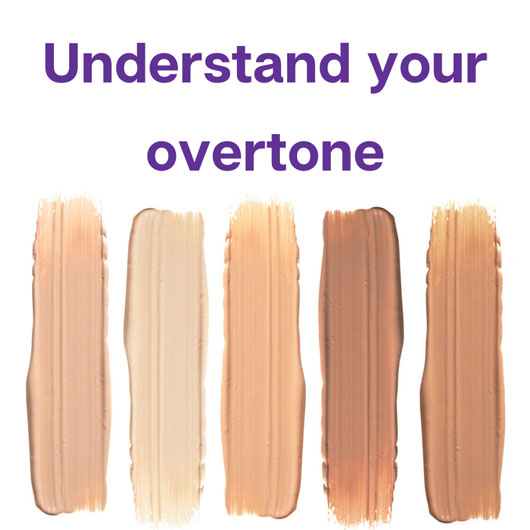
Your overtone colour can be similar or different to your undertone. Both need to be considered when determining your personal colour direction. In the above image, the two colours on the left, indicate lighter, cooler and more neutral overtones whereas the three colours on the right are darker and warmer.
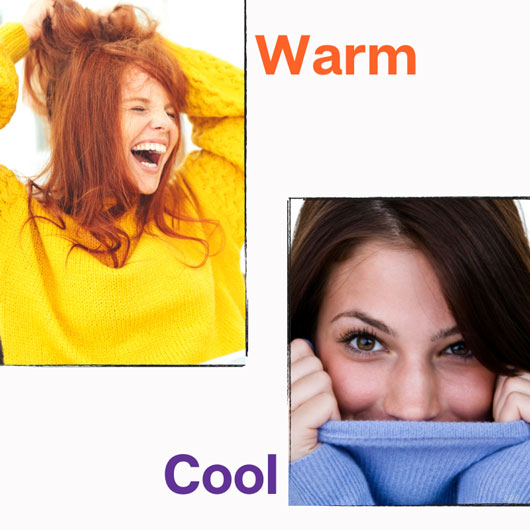
When an individual wears colours that are the same, or similar to their undertone, the overall result is much more harmonious and congruent.
The undertone of your skin and whether you are cool or warm, is determined by an individual’s genes and the following elements:
Your undertone and overtone need to be taken into consideration when determining the swatch of colours that will be most congruent with your specific colouring. This will be important to help you make the best decisions when selecting colours for your clothing and accessories. In my experience, understanding the overtone of a person’s skin is very useful in helping them to select the correct makeup colours for their foundation and blush. Sometimes, if a person’s overtone is neutral, yet their undertone is cool, and their values are light, the most preferable coloured blush for their skin (in order to create a more natural complexion) might be a neutral and light colour like beige, as opposed to a cooler pink coloured blush like fuchsia (the temperature of their undertone).
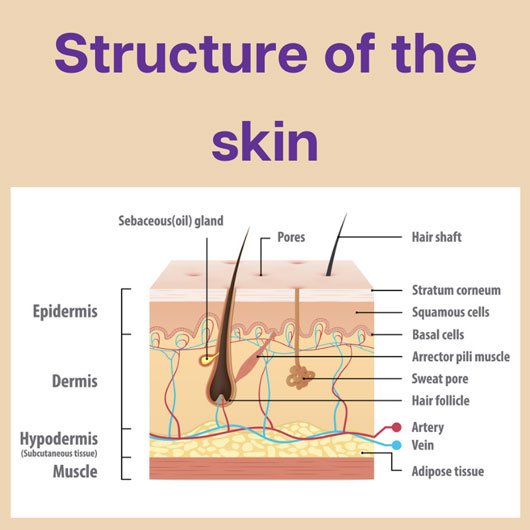
Melanin is found in the Epidermis, which is the top layer of the skin. Carotene is located in the Epidermis and Hypodermis while Haemoglobin exists in the Dermis.
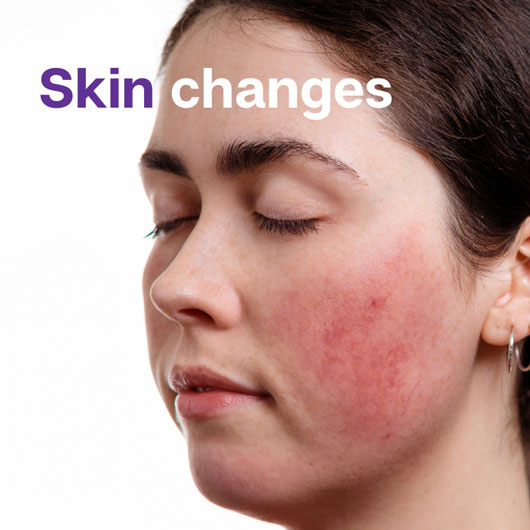
Working out the best coloured foundation to help minimise skin challenges, like rosace,a can be discussed during a Personal Colour Analysis.
Furthermore, if you have a skin condition like acne, or rosacea, and you have a cool undertone, applying anything with too much pink on your skin, will only enhance the redness in your cheeks. Therefore, neutralising the redness will be key to creating a natural and congruent overtone.
Creating great colour harmony by wearing clothing, accessories and makeup that align with your unique colouring is what a Personal Colour Analysis is all about. It’s also about learning how certain colours, their value, intensity and temperature can enhance your appearance, help you to co-ordinate your wardrobe items more effortlessly and become a much more discerning shopper.
You will also learn how ‘life changes’ may affect the colours you can wear. Perhaps you have noticed that you can no longer wear the same intensity of colours you could when you were younger. If you are thinking about changing your hair colour, or need new eyewear (we all know how expensive that can be), seeking advice from a colour consultant is one of the best investments in yourself that you can make.
I know that it can make such a difference wearing colours that resonate, that are congruent with your unique colouring. They will empower you, make you look and feel beautiful, and more vibrant. You will feel more self-confident and others will respond to you in a more positive way. Colour is indeed a powerful tool.
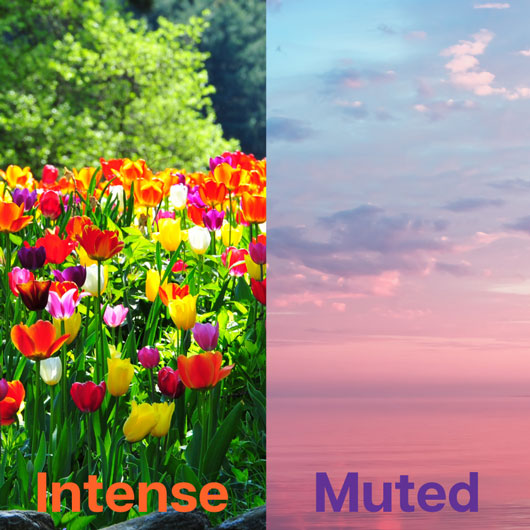
The effects of aging on personal colouring might mean that you are unable to wear the same intensity of colour that you could when you were younger, therefore requiring softer, muter and even lighter colours.
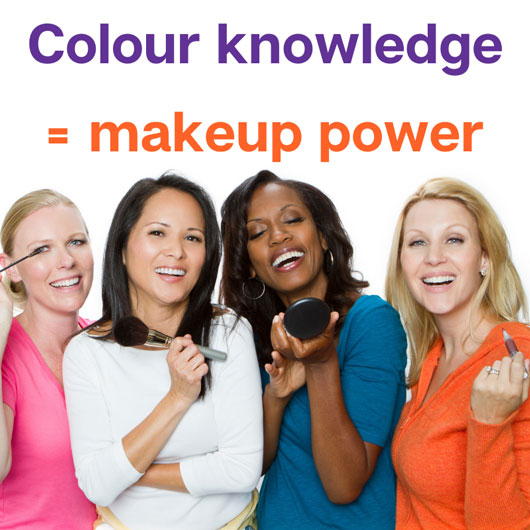
A Personal Colour Analysis will help you to select makeup with greater confidence.
